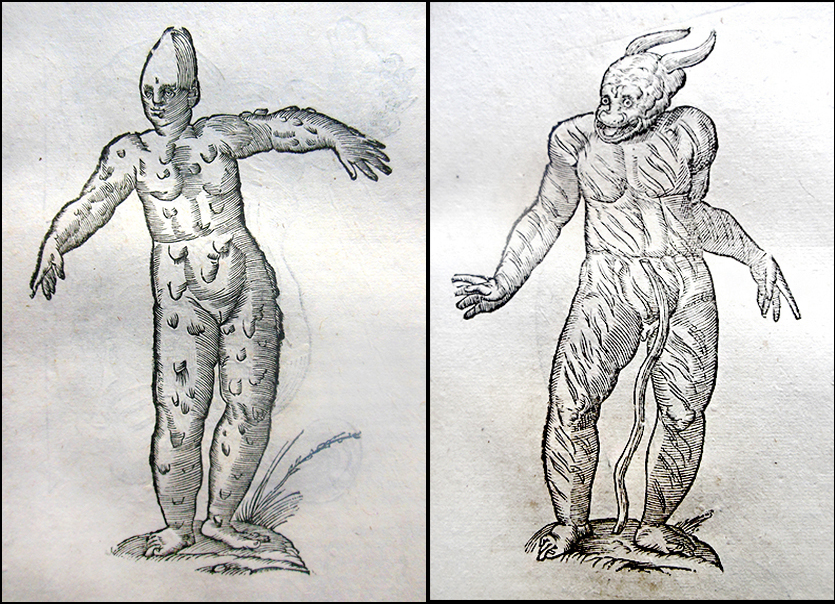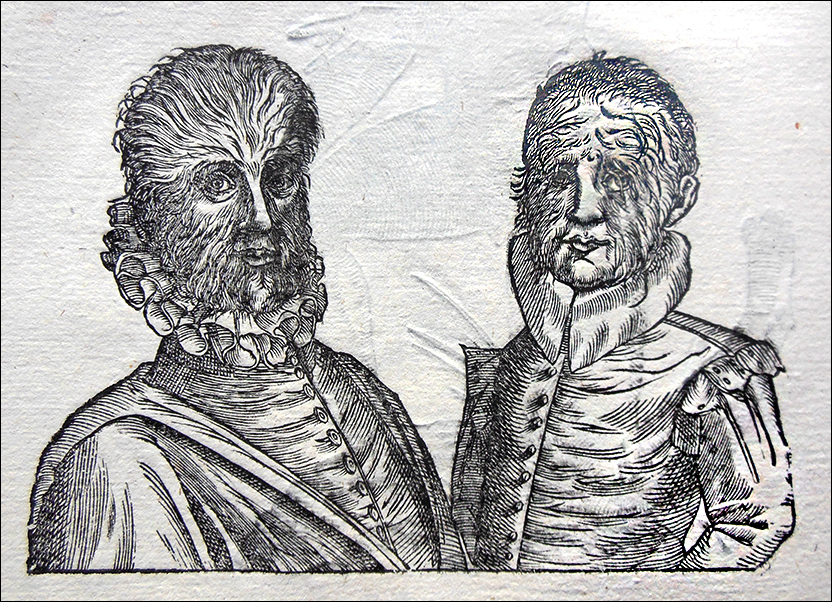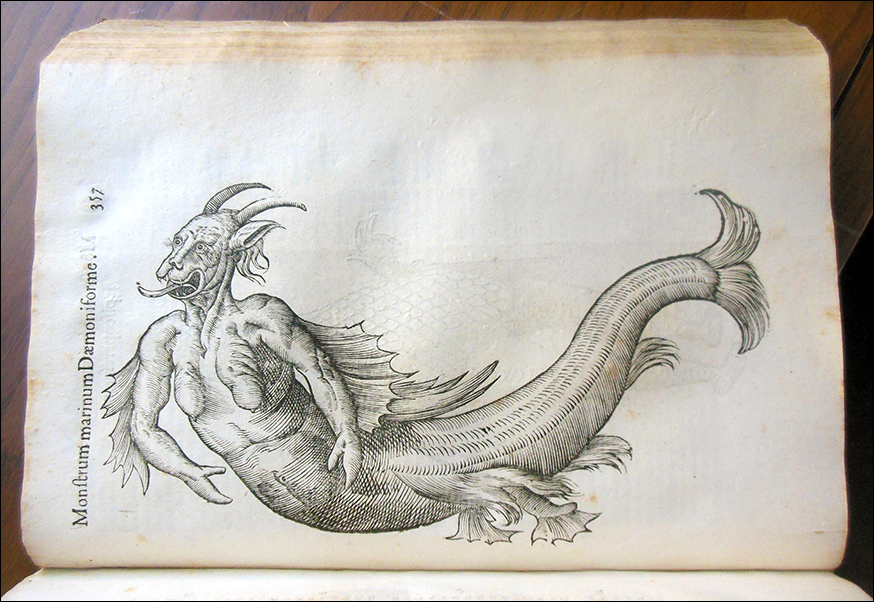Weird Science: A Renaissance book of monsters
Open your biology textbook and you probably won’t expect to find much information on unicorns, dragons, and sea monsters. But that hasn’t always been the case. In fact, for some of the leading naturalists of the Renaissance, as historian Paula Findlen has written, “Whether or not animals actually existed was of secondary importance.”
One of those naturalists was the Italian Ulisse Aldrovandi (1522-1605). Inspired by the ancient Roman philosopher and naturalist Pliny, he spent most of his life collecting plants, animals, and “curiosities,” and then compiling a massive encyclopedia of them. Not limiting himself to strictly biological information, he gathered virtually everything he could find about the history, mythology, and folklore of the specimens he was describing. “Our own conception of science has discarded many of the practices that [Renaissance naturalists] saw as essential to the definition of scientia [knowledge],” Paula Findlen observes. “While we perceive the museum of natural history to be alternately a research laboratory or a place of public education, they understood it to be a repository of the collective imagination of their society.”
Their imagination knew no bounds, either, as we can see from a book that Special Collections recently acquired for the McIlhenny Natural History Collection.
Monstrorum historia (The History of Monsters) was published in Bologna in 1642, almost forty years after Aldrovandi’s death, from notes he had made. Richly illustrated with more than 100 woodcuts of fabled creatures and freaks of nature, you could easily mistake the book for a work of comedy. Ranging from bearded ladies, cone-heads, and flying fish to monster chickens and pigs with human faces, the highly imaginative images no doubt got a laugh in the 1600s, just as they do today. But the book had a serious purpose. At a time when the boundaries between science, religion, and philosophy were more blurred than they are today, people would have used this book to help them think about questions like: What were the religious implications of physical deformities? Were they omens? Mystical signs? Indications of divine displeasure? What did the “monstrous races,” as they were called, say about God, Creation, and Man himself?
Some of the monsters depicted in Aldrovandi’s book originated in the Middle Ages. Historian Alixe Bovey points out that while “the majority of medieval people most certainly believed in the demons and devils who lurk in the margins of manuscripts,” such creatures served an allegorical purpose as well, symbolizing sin, evil, and the mysteries of nature and the human mind. “These metaphysical monsters represented spiritual dangers, while others surely expressed the manifold physical dangers that threatened life in the Middle Ages.” At a time when few people were educated or even literate, an allegorical picture could be the best way of conveying abstract ideas about religion, morality, and the workings of the universe.
Many monsters, such as conjoined twins and creatures with extra limbs (or none at all), are based on naturally occurring birth defects, which were poorly understood at the time this book was written. Others are clearly exaggerations of real animals. It is easy to imagine that Aldrovandi's sea monsters, for example, evolved from stories told by sailors and fishermen. His book also contains very accurate images of the giraffe, which only a handful of Europeans had yet seen in the early 1600s. How did hearsay become scientific fact? Books like this help scholars and students answer that question.
Interested in learning more? Stop by Special Collections and have a look at this great new acquisition. The call number is: McIlhenny Collection QL991 .A43 1642 OVER. Also check the catalog for other works by Aldrovandi. At present, we have six, published between 1599 and 1690. And for other weird and wonderful books from this time period, don’t miss our online exhibition, Occult Science & Philosophy of the Renaissance.
Further reading:
Paula Findlen, Possessing Nature: Museums, Collecting, and Scientific Culture in Early Modern Italy (1994). Middleton Library, Q105 .I8 F56 1994
Alixe Bovey, Monsters and Grotesques in Medieval Manuscripts (2002). Middleton Library, ND3339.5 .B68 2002





